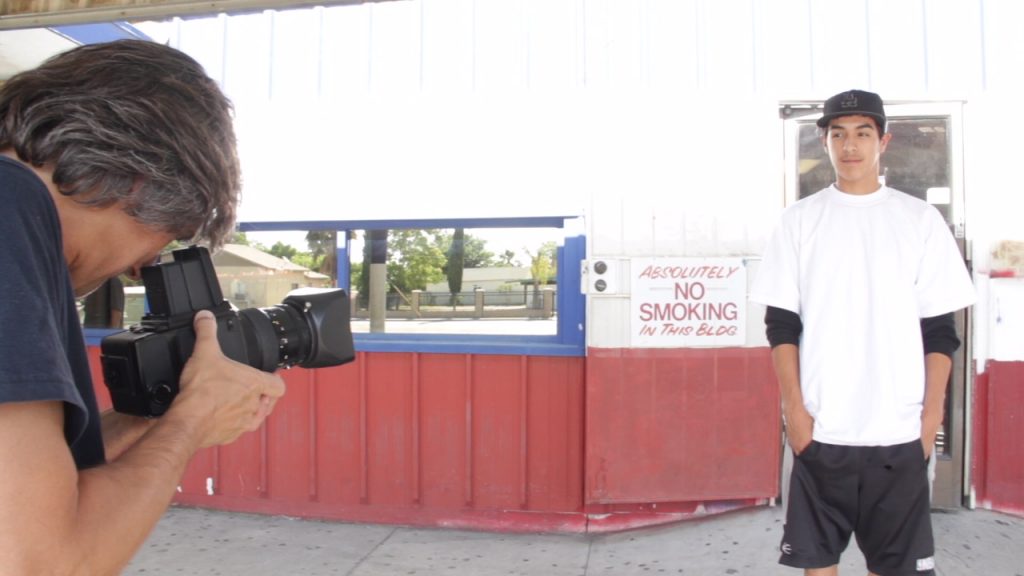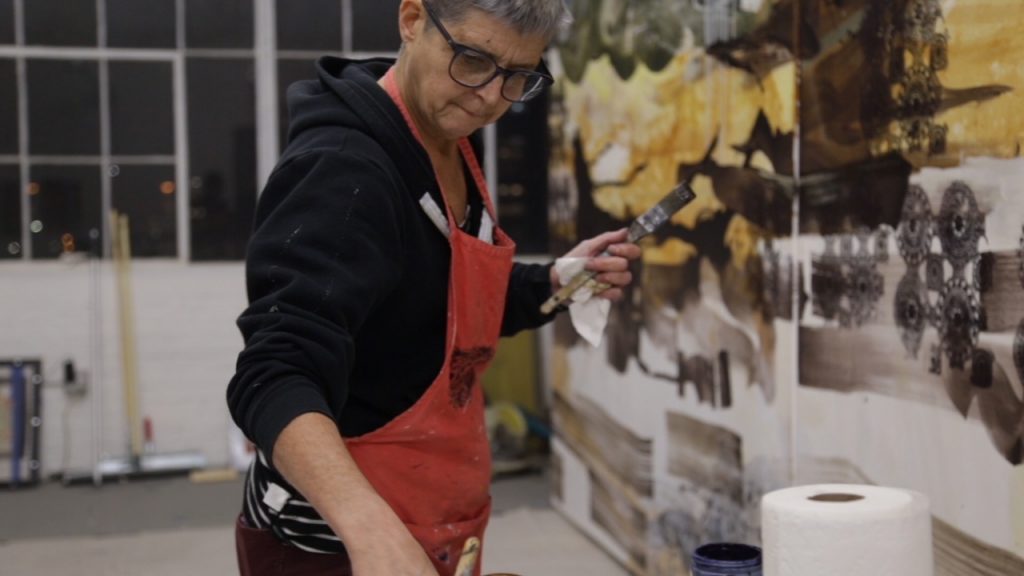The narrative of the Armenian Genocide has been on repeat—both in media and in the minds of Armenians all over the world—for over 100 years now. There are countless chilling facts about the atrocities carried out by the Ottoman Empire of 1915, but one in particular has stuck with Los Angeles-born filmmaker Avo John Kambourian since youth.

On eve of April 24, 1915, hundreds of notable Armenian artists and intellectuals living in Istanbul were taken by force from their homes in the middle of the night, placed under arrest, and eventually executed. That image has been playing like a movie reel in Kambourian’s head since the day he heard it. “I was always aware that art can be a very dangerous thing, but also a beautiful thing that many see as a threat to their political agenda,” the 27-year-old says, reflecting on the poignant killings of intellectual leading up to the systematic massacre of 1.5 million Armenians from 1915 to 1918.
Even decades later—and in an attempt to portray how the culture has survived through the work of Armenian artists—Kambourian was inspired to a create a film, a proverbial mixed tape of Armenian artists that aren’t conventionally known in Armenian communities around the world.
“Echoes of Survival,” which debuted during the centennial of the genocide in 2015, follows a group of creative Armenians as they share their unique story of being Armenians raised in the diaspora, specifically the United States.
The talented subjects include NYC photojournalist Scout Tufankjian, abstract painter from Chicago Jackie Kazarian, LA-based documentary photographer Ara Oshagan, oud player from New Jersey Ara Dinkjian, and New England musicians John Berberian and Mal Barsamian.

Each story in this documentary is meant to inspire in its own way: Scout’s sharing of her experience photographing former President Obama and what it means to be a good Armenian today; Ara Dinkjian’s conversation about his musical influences and showing his extensive record collection; Jackie’s talking about being raised with only two other Armenian families in her community and revealing the giant painting she made in honor of the 100th anniversary of the Armenian Genocide; the New England musicians’ performing together in Massachusetts; and Oshagan’s discussion about his family legacy and how he went from being a writer to a documentary photographer…

For the filmmaker himself, each creative character excited him for different reasons: “Jackie inspires me with her resilience and dedication to her craft, which can take weeks or months to do; Ara Dinkjian inspires me with his selfless pursuit of finding ways to keep Western Armenian music alive and changing; Ara Oshagan brings a unique perspective on trauma and how it has affected our communities; Scout is the anthropologist we all wish we could be; and the New England musicians are the last of a sadly dying lineage of musical tradition.” Kambourian recounts the scene with all the New England musicians jamming as one of the best nights of his life.
The full piece—67 minutes total—shows the various shapes the Armenian spirit can take. “I want people to feel happy about diversity and about what these artists are making,” Kambourian says about his passion project. “I love being able to preserve moments and tell stories that I find captivating to me, and then have someone else see that and be inspired.”

One of Kambourian’s personal motivations for creating this film was to better understand who he is as an Armenian American today. “For me it means that I get to have a double life. We’re pretty blessed to be living in a country like the United States. We have it pretty okay compared to a lot of the world.” But, still, Armenia is always on the back of Kambourian’s mind. “I think we as Armenians are obligated to always look backwards and reflect, but for the sake of humanity we must also be forward-thinking and be able to embrace change and diversity.” What’s more, “As persecuted people, we also have an obligation to stand up to fascism when we see it.”
After completing the film, Kambourian understands the importance of artists’ in general sharing their own unique story. “We can’t really force people to be interested in our story without some sort of emotional investment. The best films I’ve seen, whether in French, Spanish, Portuguese, or Japanese, they all aim to tell a universal story at their core. The cultural stuff is always just window dressing.”

Currently, Kambourian is working on a documentary about the famous rocker Joan Jett called “Bad Reputation,” which will debut in 2018.
“Echoes of Survival” will screen at the 20th Annual Arpa Film Festival at the Egyptian Theatre, in Los Angeles, on Nov. 4; at AGBU Films at Lincoln Center in New York City on Nov. 16; and at the Pomegranate Film Festival in Toronto on Nov. 19. Visit avojohn.com for more information on Avo John Kambourian and his work.


It was people like Johnny Berberian, Onnig and his son , Khachig, Bobby, on and on that motivated the youth back in 70’s 80’s 90’s all the way till now. We were taught not only to fight, be heard, but that you also had to play!!